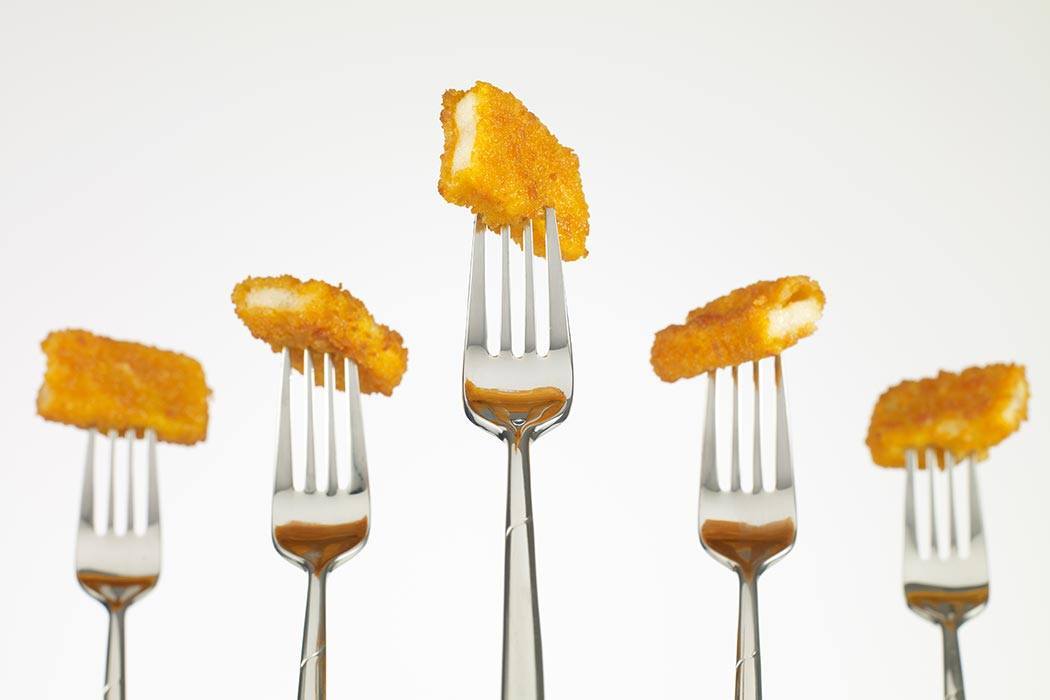When life gives you lemons, you make lemonade. But what about when life gives you fish? According to historian Paul Josephson, you make fish sticks. Josephson writes about the frozen staple’s strange origins—a tale of consumer culture that resulted in “the ocean’s hot dog.”
The rise of the fish stick, writes Josephson, was due to “the need to process and sell tons of fish that were harvested from the ocean, filleted, and frozen in huge, solid blocks.” This form of fish wasn’t exactly appealing—far from it, in fact. So manufacturers started hunting for a way to repackage it.
A Massachusetts company called Gorton’s pioneered the fish stick, writes Josephson, in a perfect storm of technology, marketing, and changing consumer attitudes. (Ironically, the company that helped popularize the American classic is now owned by a Japanese conglomerate). As quick freezing made preserving large amounts of fish cheaper and more palatable, fish seasonality became irrelevant. Freezers became more and more popular in American stores, which coincided with the emergence of more powerful ocean vessels and more efficient refrigerated trucks and trains. By 1960, Josephson writes, 16 million American families had freezers—the perfect market for new frozen products.
Gorton’s and other companies heralded fish sticks as a veritable revolution in eating—a “heat and eat” food that was both wholesome and time-saving. Josephson also notes that an army of researchers, engineers, package designers, and salesmen both developed and pushed the new product. But they were up against an important hurdle: since fish sticks were a brand-new innovation, there was no consumer demand for the products.
Weekly Newsletter
Enter advertising. Josephson tracks how magazines and newspapers taught housewives to want fish sticks. The product was advertised as the solution to thankless household drudgery; a delicious and healthy alternative to stinky at-home fish processing and cooking.
Josephson has other fishy treats to share: he tracks the product from the ocean to the floor of Congress, which passed laws supporting fishing research and even fish stick promotion. But ultimately, he writes, the marketing and research juggernaut behind the food couldn’t ensure its success. “The fish stick became the ‘hot dog’ of the ocean…” he concludes. “Ultimately, the ‘piscatorial engineer’—part advertiser, part salesman, and part food-product innovator—could only put fish sticks on the table, but couldn’t make consumers fill their plates.”







